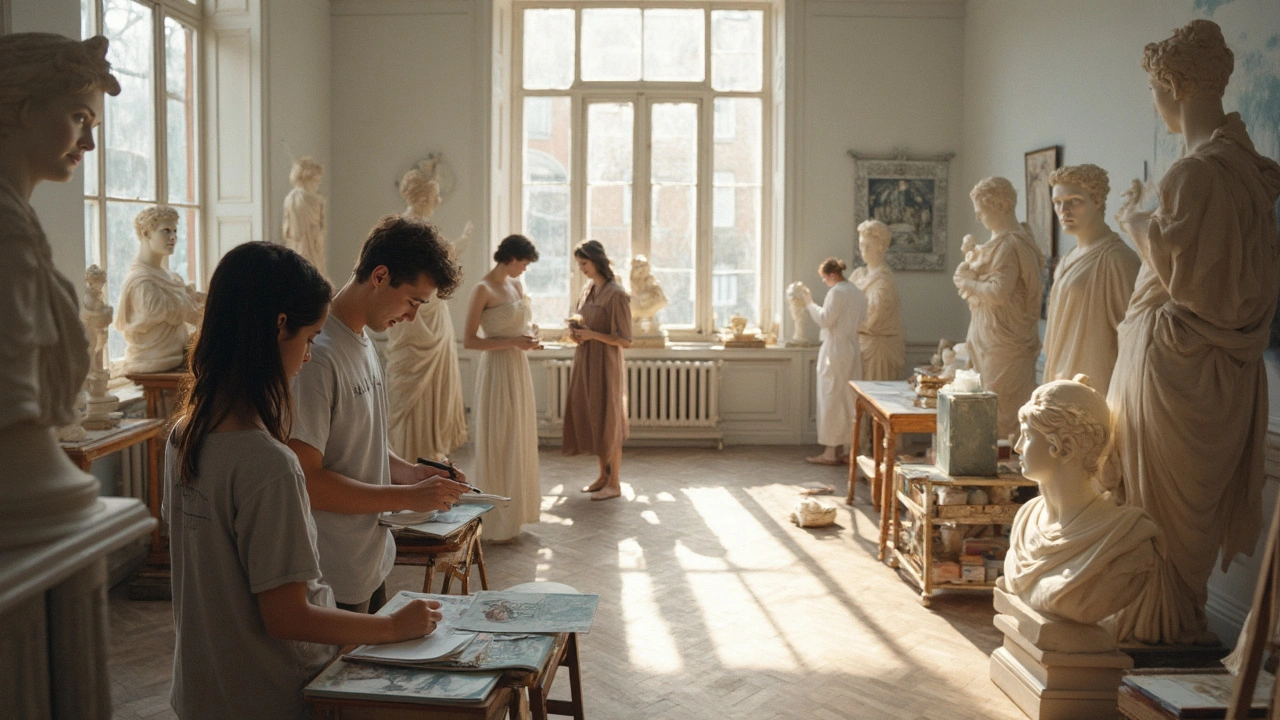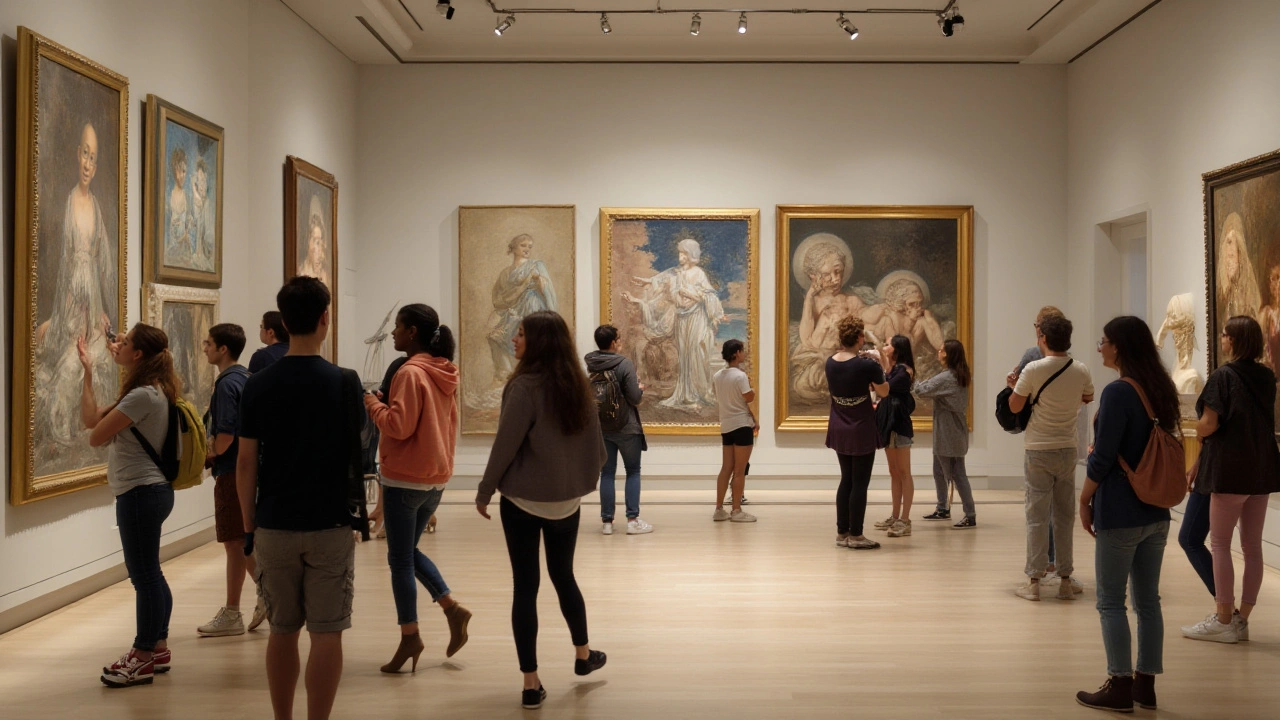Art Inspiration: Practical Ideas from Art Movements You Can Use Today
Feeling stuck? Inspiration often hides inside old ideas reworked in a new way. Look at photorealism to sharpen your observation, Bauhaus to simplify forms, or Fluxus to turn everyday objects into playful art. The goal here is simple: pick one idea, try it in a small project, and learn fast.
Turn movements into hands-on projects
Want an easy first step? Choose one movement and copy one small element for practice. For photorealism, pick a photo, make a tight grid, and paint one square at a time to train your eye. For De Stijl or Bauhaus, limit yourself to a 3-color palette and clean geometric shapes—design a poster or a simple chair study. For Fluxus or Installation Art, use a household object and change its context: hang it, light it differently, or place it in a public spot.
Here are targeted mini-projects you can finish in a weekend:
- Photorealism drill: reproduce a 4-inch square of a photo at different scales to practice values.
- Bauhaus poster: create a functional flyer using grid, sans-serif type, and primary colors.
- Land Art walk: collect three natural items and arrange them into a temporary outdoor piece; photograph it from three angles.
- Fluxus score: write a 30-second performance using one household sound and one motion.
- Cubist study: draw the same object from three viewpoints and combine them into one composition.
Daily habits that actually spark ideas
Consistency beats bursts. Spend 15 minutes a day on small, repeatable acts: quick thumbnails, color swaps, or copying a single brushstroke from a master. Keep a tiny sketchbook or your phone’s camera folder named “inspo” and add one image or note daily—no pressure to make art, just collect triggers.
Switch environments often. Visit a museum, walk a new neighborhood, or scroll past your usual feeds. When you see something that grabs you—lighting, a pattern, a pose—ask one question: How can I use this in a piece that’s mine? That question forces you to remix instead of copy.
If you want deeper study, read focused posts on Paul Artistry like the pieces about Photorealism, Bauhaus, Fluxus, or the Harlem Renaissance. Pick one technique from a post, then apply it to a subject you care about—your pet, your street, a childhood memory. That connection keeps the work personal and interesting.
Finally, set small constraints. Limit time, palette, or tools. Constraints spark creativity by forcing choices. Try a one-hour painting with three colors or a charcoal drawing using only five minutes per sketch. You’ll be surprised how quickly new ideas appear.
Use these steps to turn art history into your daily fuel. Start small, stay curious, and remix what you love into something that feels like you.


